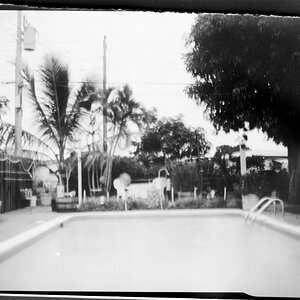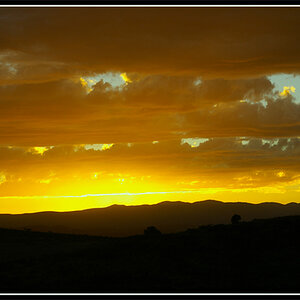Tom23
TPF Noob!
- Joined
- Jan 1, 2014
- Messages
- 41
- Reaction score
- 56
- Location
- Ri
- Website
- www.tomislavmavrovic.com
- Can others edit my Photos
- Photos NOT OK to edit
Hey fellas, I hope you got a minute for couple of my questions about film photography. I want to learn the basics and try to develop my first roll of film, not for nostalgia reasons, but due to mere fact that clicking away my digital cameras is getting out of hand, 150+ GB of photos, 45,000+ files, and only couple of dozen of them (at best) are photos I would print for some physical photo album of mine. I guess digital spoiled me and I want to rationalize my shutter actuation, and I think shooting film is the best way to force myself to think and rationalize before I press the shutter and control my urge to press it down every time I see something mildly interesting.
So, with that long intro out of the way, questions.
I shot film before, as a kid, on my dad's Oly X2 and I even borrowed some Nikon SLR 10 years ago for a day of shooting. There's was no "half-shutter focus" on those things, just point and shoot and photos turned out fine. I guess that X2 probably has a slow lens so basically anything that's couple of feet away from the camera is in focus. But how did the SLR focus, I'm more than sure I didn't mess with manual focus on whatever lens that camera had, I didn't know anything about photography back then...but as I've said, all the photos I took with it turned out great.
Another dumb question - do film cameras have modes? With ISO being fixed, how do you tell your camera what ISO you work with and how do you get light metering, does the camera tell you if you're photo is blown up or underexposed? I want to know how do they operate, even though the technical part won't improve my photography one bit, but I'm curious.
I'm currently on a lookout for K1000 on local yellowpages, people sell these things dirt cheap over here, and I've heard stories about K1000 being the ultimate student camera.
Thanks
So, with that long intro out of the way, questions.
I shot film before, as a kid, on my dad's Oly X2 and I even borrowed some Nikon SLR 10 years ago for a day of shooting. There's was no "half-shutter focus" on those things, just point and shoot and photos turned out fine. I guess that X2 probably has a slow lens so basically anything that's couple of feet away from the camera is in focus. But how did the SLR focus, I'm more than sure I didn't mess with manual focus on whatever lens that camera had, I didn't know anything about photography back then...but as I've said, all the photos I took with it turned out great.
Another dumb question - do film cameras have modes? With ISO being fixed, how do you tell your camera what ISO you work with and how do you get light metering, does the camera tell you if you're photo is blown up or underexposed? I want to know how do they operate, even though the technical part won't improve my photography one bit, but I'm curious.
I'm currently on a lookout for K1000 on local yellowpages, people sell these things dirt cheap over here, and I've heard stories about K1000 being the ultimate student camera.
Thanks



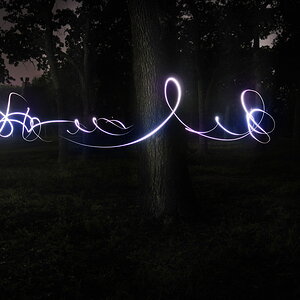
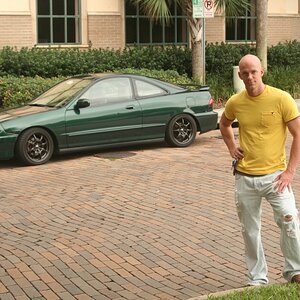
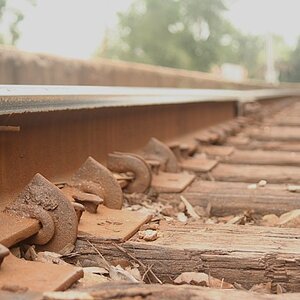
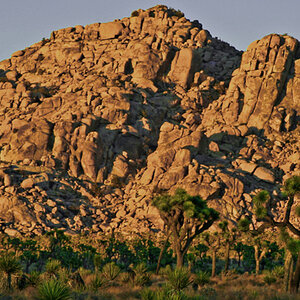


![[No title]](/data/xfmg/thumbnail/42/42271-5db67ba3109fc5edfe486ca6046bcc96.jpg?1619740080)


